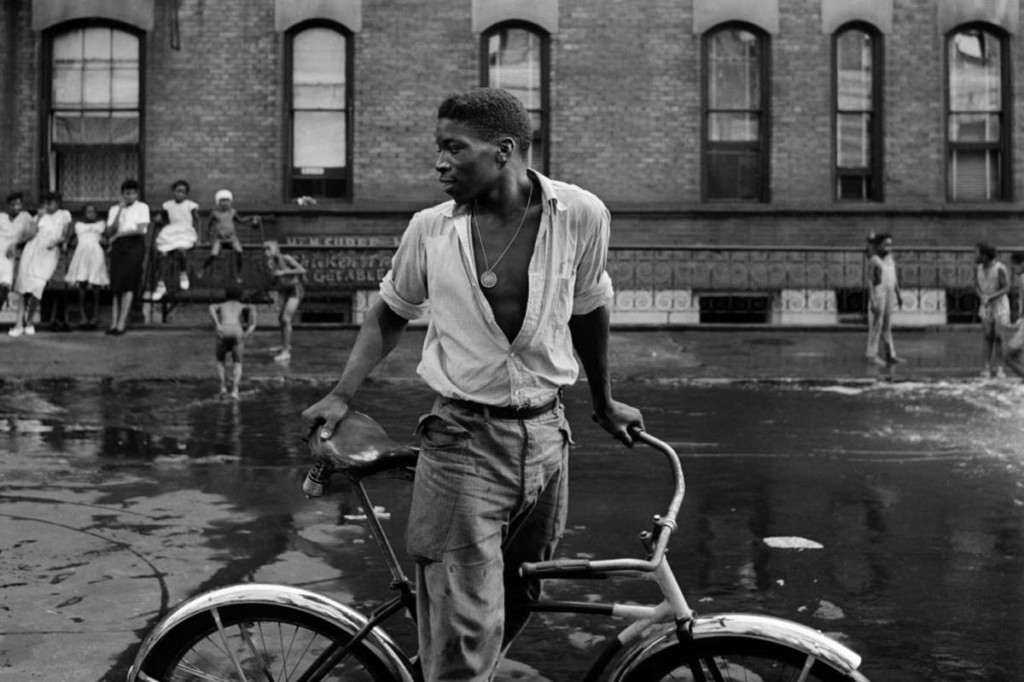The smart Trick of Framing Streets That Nobody is Discussing
Table of ContentsRumored Buzz on Framing StreetsThe Buzz on Framing Streets6 Simple Techniques For Framing StreetsThe Definitive Guide for Framing StreetsThe Definitive Guide to Framing StreetsThe Only Guide for Framing Streets
Photography category "Crufts Dog Show 1968" by Tony Ray-Jones Street photography (also occasionally called candid photography) is photography carried out for art or inquiry that includes unmediated opportunity encounters and arbitrary cases within public areas, normally with the objective of catching pictures at a definitive or emotional minute by careful framework and timing. 
, that was motivated to embark on a comparable documentation of New York City. As the city developed, Atget helped to advertise Parisian streets as a worthwhile topic for photography.

The 30-Second Trick For Framing Streets
Martin is the very first videotaped digital photographer to do so in London with a masked camera. Mass-Observation was a social research organisation founded in 1937 which aimed to tape-record everyday life in Britain and to videotape the reactions of the 'man-in-the-street' to King Edward VIII's abdication in 1936 to wed separation Wallis Simpson, and the succession of George VI. The chief Mass-Observationists were anthropologist Tom Harrisson in Bolton and poet Charles Madge in London, and their initial report was produced as the book "May the Twelfth: Mass-Observation Day-Surveys 1937 by over 2 hundred onlookers" [] Home window cleaner at Kottbusser Tor, Berlin, by Elsa Thiemann c. 1946 The post-war French Humanist Institution professional photographers found their subjects on the road or in the diner. Andre Kertesz.'s commonly admired Images la Sauvette (1952) (the English-language version was labelled The Decisive Moment) promoted the idea of taking a photo at what he labelled the "definitive moment"; "when form and material, vision and make-up combined into a transcendent whole" - sony a7iv.
Excitement About Framing Streets
, after that a teacher of young kids, linked with Evans in 193839.'s 1958 publication,, was significant; raw and often out of emphasis, Frank's pictures examined mainstream photography of the time, "tested all the official rules laid down by Henri Cartier-Bresson and Walker Evans" and "flew in the face read the full info here of the wholesome pictorialism and genuine photojournalism of American publications like LIFE and Time".